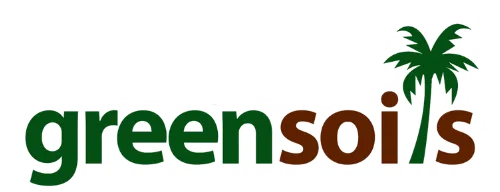Coconut coir, often referred to as “coir,” is a natural fiber extracted from the husk of coconuts. It is a versatile and sustainable material widely used in various applications, ranging from horticulture and agriculture to textiles and home products. Coir is valued for its durability, moisture-retention capabilities, and eco-friendliness, making it a sought-after alternative to traditional materials.
Coconut Coir
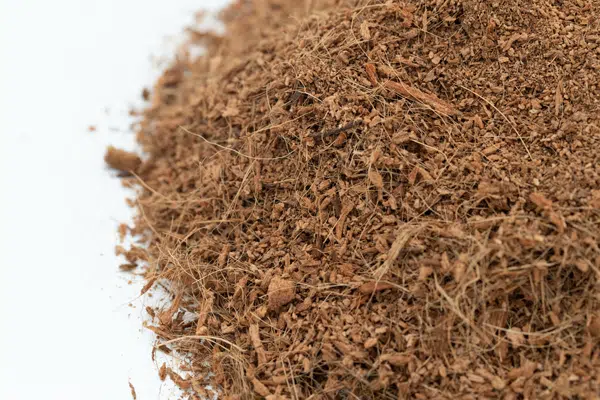
Extraction Process
Harvesting
The process begins with the collection of mature coconuts from coconut palms. Once harvested, the coconuts are husked to remove the outer shell, revealing the fibrous husk that encases the inner shell and coconut meat.
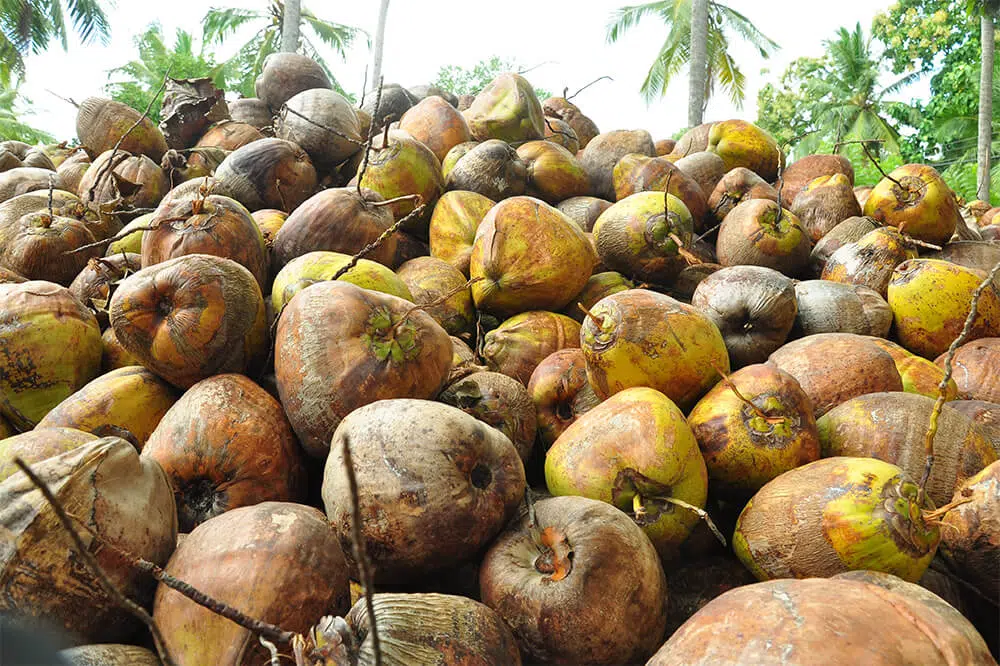
Retting
The husks are then subjected to a process called “retting,” which involves soaking them in water for a specific period. This process serves to loosen and separate the coir fibers from the husk’s harder components.
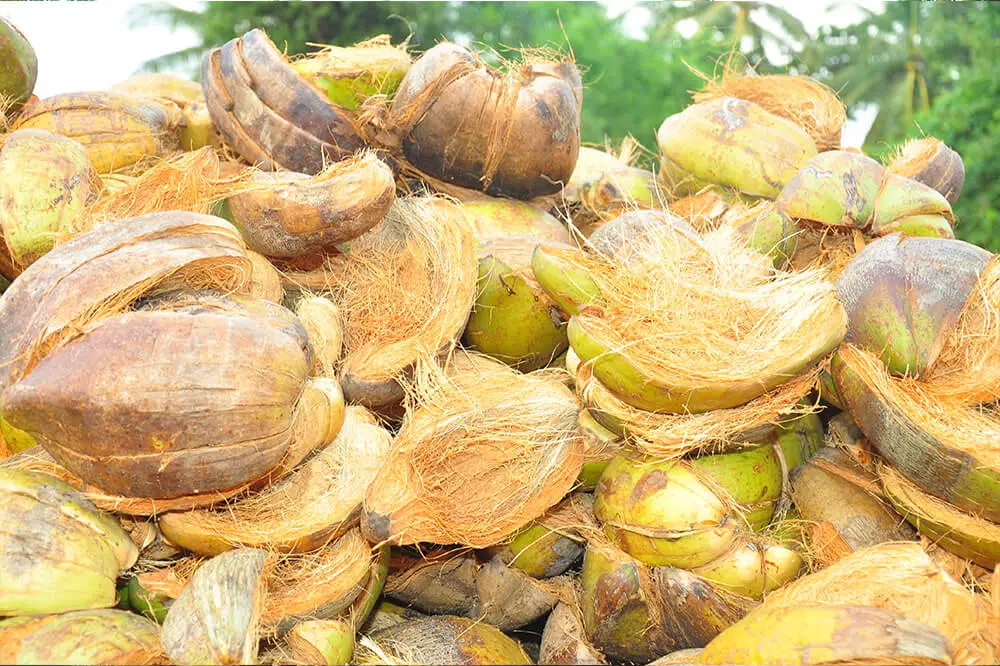
Beating or Crushing
After retting, the husks are mechanically beaten or crushed to further separate the fibers from the pith. This process breaks down the softened husk, making it easier to extract the fibers.
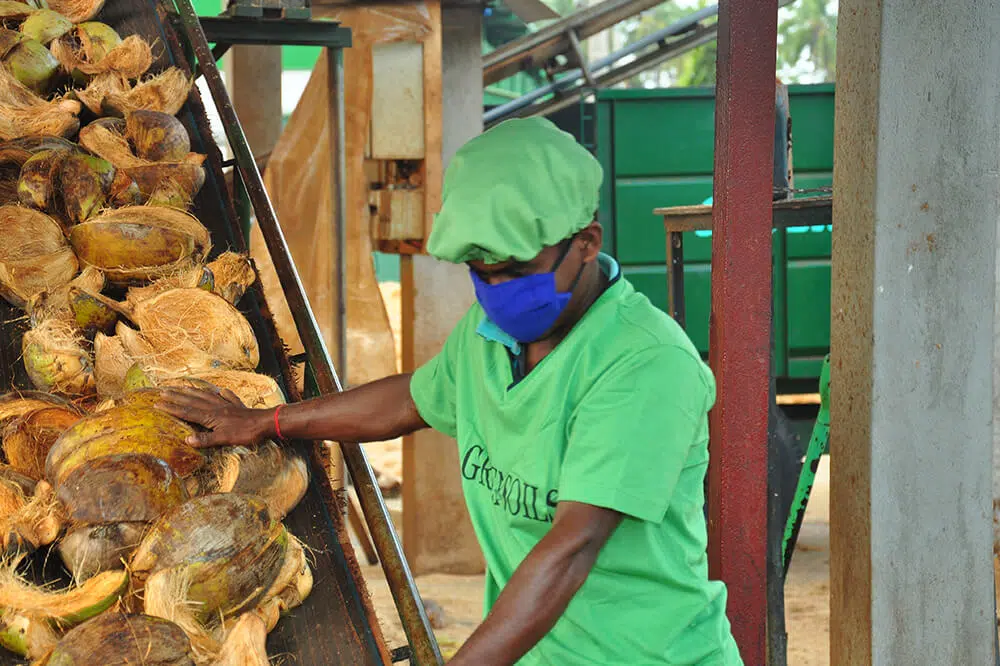
Decorticating
The decorticating process involves the mechanical extraction of the coir fibers from the husk. Machines equipped with rotating drum-like structures or spiked rollers comb through the husk to detach the fibers. The separated fibers are then collected.
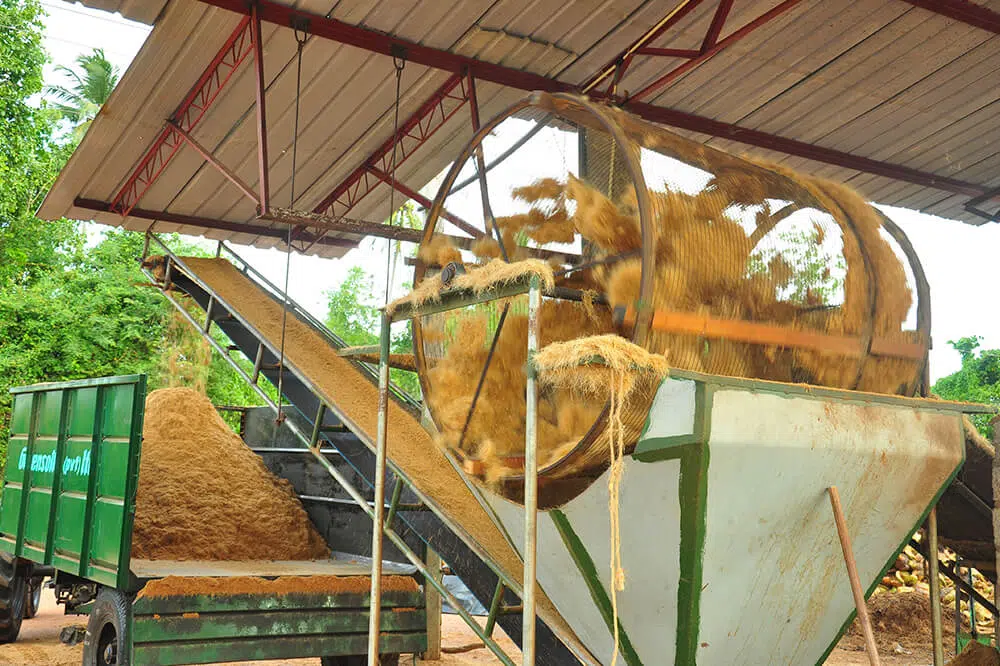
Washing and Cleaning
The extracted coir fibers are thoroughly washed to remove any remaining impurities, such as dust, dirt, or soluble materials. This step ensures that the coir is clean and ready for further processing.
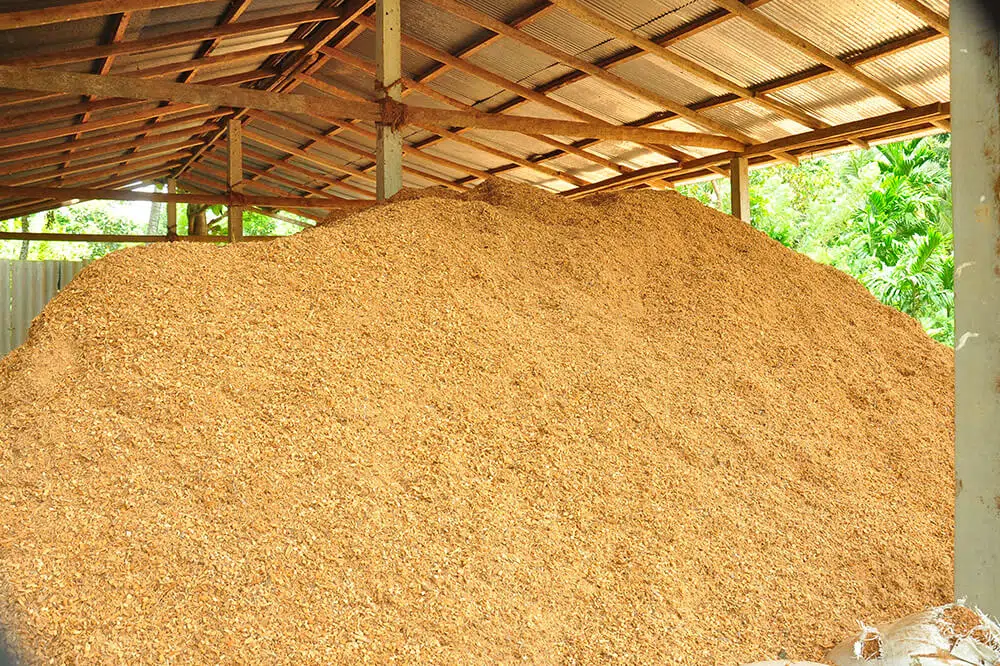
Drying
The cleaned coir fibers are spread out to dry under the sun or in drying facilities. Proper drying prevents the growth of mold or bacteria and prepares the fibers for subsequent applications.
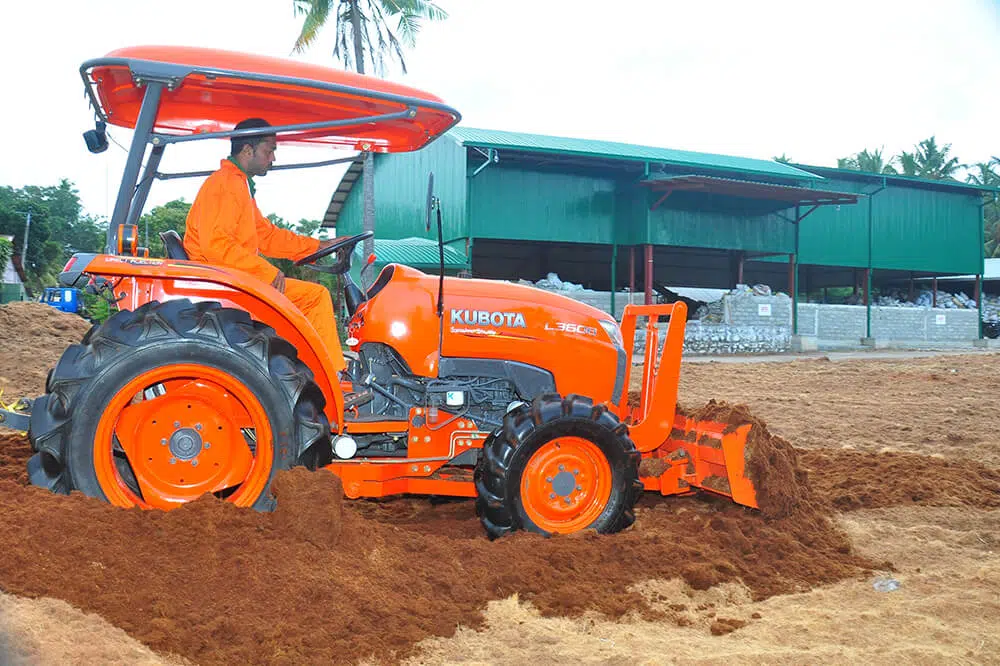
Baling or Processing
Once dried, the coir fibers may be processed further. They can be baled into compact blocks for transportation and storage, or they can undergo additional processing to create various coir products, such as coir mats, ropes, nets, and other applications.
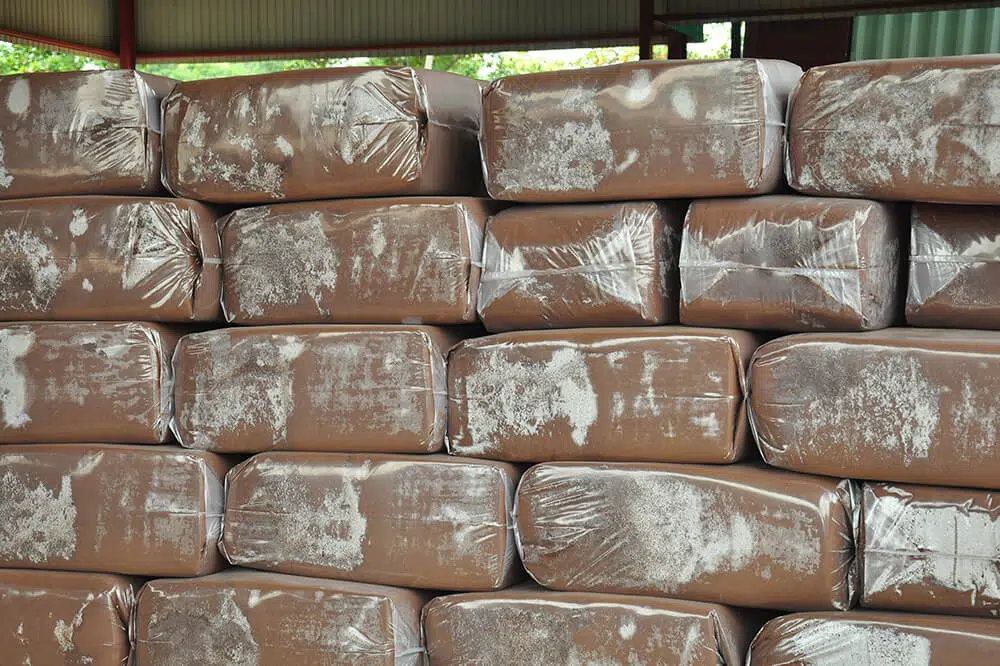
Key Properties of Cocopeat and why it is the ideal growing media substrate
- High Water Absorption: Coir has exceptional water-holding capacity, making it an effective medium for moisture retention in horticulture, agriculture, and soil amendment.
- Excellent Drainage: Despite its water-absorbing ability, coir also offers good drainage, preventing waterlogging and promoting optimal root health in plants.
- pH Neutral: Coir has a near-neutral pH, making it suitable for a wide range of plants. It can be adjusted to suit specific plant requirements.
- Biodegradability: Coir is a natural and biodegradable material, which contributes to its eco-friendly appeal and minimal impact on the environment.
- High Porosity: The fibrous structure of coir provides high porosity, allowing for proper aeration of roots and efficient oxygen exchange.
- Resistance to Decay and Rot: Coir fibers are resistant to decay, rot, and degradation, leading to durable and long-lasting products.
- Minimal Compaction: Coir-based substrates and materials maintain their structure and porosity over time, reducing the risk of soil compaction.
- Lightweight: Coir is lightweight and easy to handle, making it convenient for transportation and application in various industries.
- Versatility: Coir is adaptable to different uses, from horticultural growing media to erosion control mats, geotextiles, and even textile production.
- Pest and Pathogen Resistance: Coir’s natural compounds may possess inherent resistance to pests, insects, and certain pathogens, contributing to healthier plant growth.
- Low Salinity: Coir typically has low salt content, reducing the risk of salt buildup in soils and substrates.
- Thermal Insulation: Coir fibers provide a degree of thermal insulation, which can be beneficial in various applications, including soil stabilization and erosion control.
- Sustainability: Coir is derived from a renewable and abundant resource—coconut husks—which aligns with sustainable and environmentally friendly practices.
- Reduced Weed Growth: Coir can help suppress weed growth when used as a mulching material, contributing to weed control in gardening and landscaping.
- Biocompatibility: Coir is naturally compatible with organic and biological systems, making it suitable for use in organic farming and gardening.
| Substrate Name | pH | EC (1:1.5) ( S/cm) | Air Porosity | WHC |
|---|---|---|---|---|
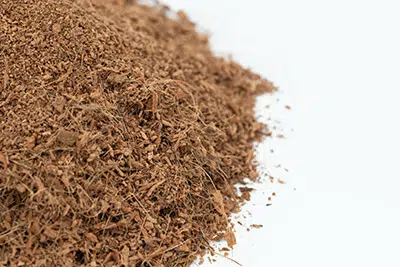 Cocopeat/Coir HE Cocopeat/Coir HE |
5.8 | 1.43 | 76% | 88 |
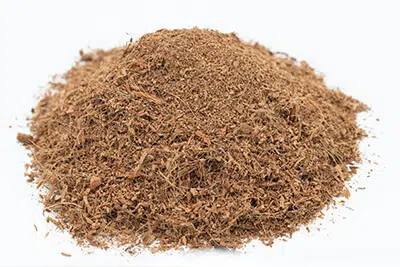 Cocopeat/Coir LE Cocopeat/Coir LE |
5.6 | 1.84 | 45% | 91 |
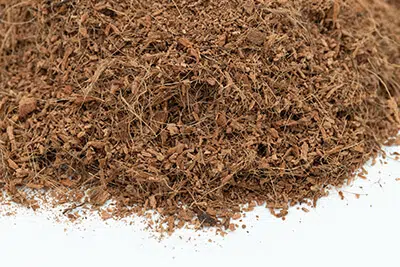 Cocopeat/Coir Washed Cocopeat/Coir Washed |
6.2 | 0.32 | 49% | 83 |
